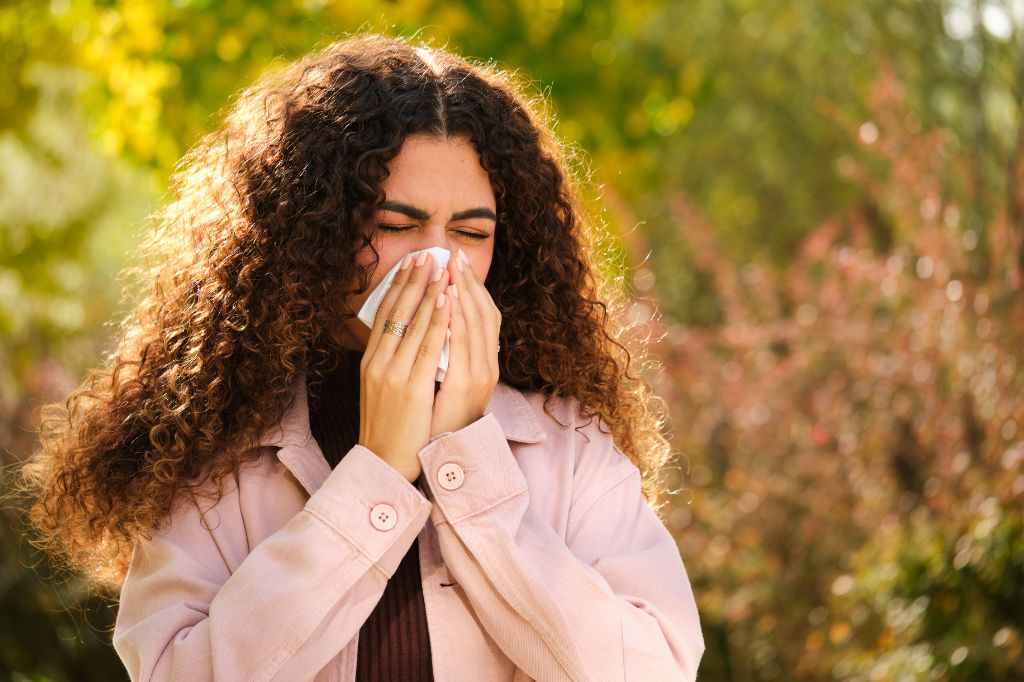Tracking Pollen Levels and What They Mean
If you suffer from seasonal allergies, pollen can be your enemy in the spring and fall as grass, ragweed, and tree pollen flood the air, often through November. Fortunately, there are ways you can track daily pollen counts to help minimize your pollen exposure and reduce your allergy symptoms.
What are pollen counts?
According to the American Academy of Allergy, Asthma & Immunology, pollen count is a measurement of the number of grains of pollen in a cubic meter of the air. These measurements are based on the air sampled in a 24-hour period. Pollen counts are usually reported as low, moderate, high or very high. These levels of pollen represent a person’s risk of experiencing allergy symptoms.
Generally, when the pollen count is high, the greater the chance that people suffering from hay fever will experience symptoms when outdoors or exposed to outdoor air. However, this is not always true. Your allergy symptoms may also be affected by recent exposure to other allergens, such as indoor allergens, the intensity of the exposure, and how allergic you are to various allergens.
You can use your local or regional pollen count as a general guide when planning outdoor time. Rain, wind, and temperature are all important factors to consider when determining if pollen counts will be low, moderate or high on a particular day. Oftentimes, allergy symptoms are reduced on rainy or windless days because the pollen does not circulate as much during these weather conditions.
What to Do During High Pollen Counts
When the pollen counts are high or very high, the best thing severe allergy sufferers can do is stay indoors. If your seasonal allergies are mild, you may be able to minimize your exposure to pollen with these tips:
- Keep the windows closed in your home and car
- Wipe off pets that come inside from the backyard
- Wear sunglasses and a hat to keep pollen out of your eyes and hair
- Wash your hands before touching your face
How to Make Pollen Season More Bearable
Nothing is worse than constantly having to blow your nose and itch your eyes due to allergies. Pollen season can be especially unpleasant in the warm summer months or cool fall days. Here are some tips that may make pollen season a little more bearable:
Check the weather and pollen counts. Always check your local pollen forecast and plan to spend less time outdoors when the pollen count is high. Pollen counts usually rise during the morning, peak about midday, and then gradually fall.
Control your environment. While you can’t change what is happening outdoors, you can have control over your indoor environment. Keep your windows closed on windy days and regularly change your air conditioning filter.
Prepare for the season. If you have seasonal allergies, prepare for the pollen season. Ask your doctor for allergy remedies and ways you can prevent symptoms before they even begin.
Get the right diagnosis. There are many types of plants that could be causing your allergies, such as grasses, ragweed, sagebrush, tumbleweed, and certain species of trees. It is important to see your doctor for an allergy test to determine what is triggering your symptoms so they can develop a treatment plan for individual condition.
At Northeast Allergy, Asthma & Immunology, we can discover hidden allergens and provide additional treatments, including immunotherapy, to help you feel your best. Contact us today to schedule your appointment.



